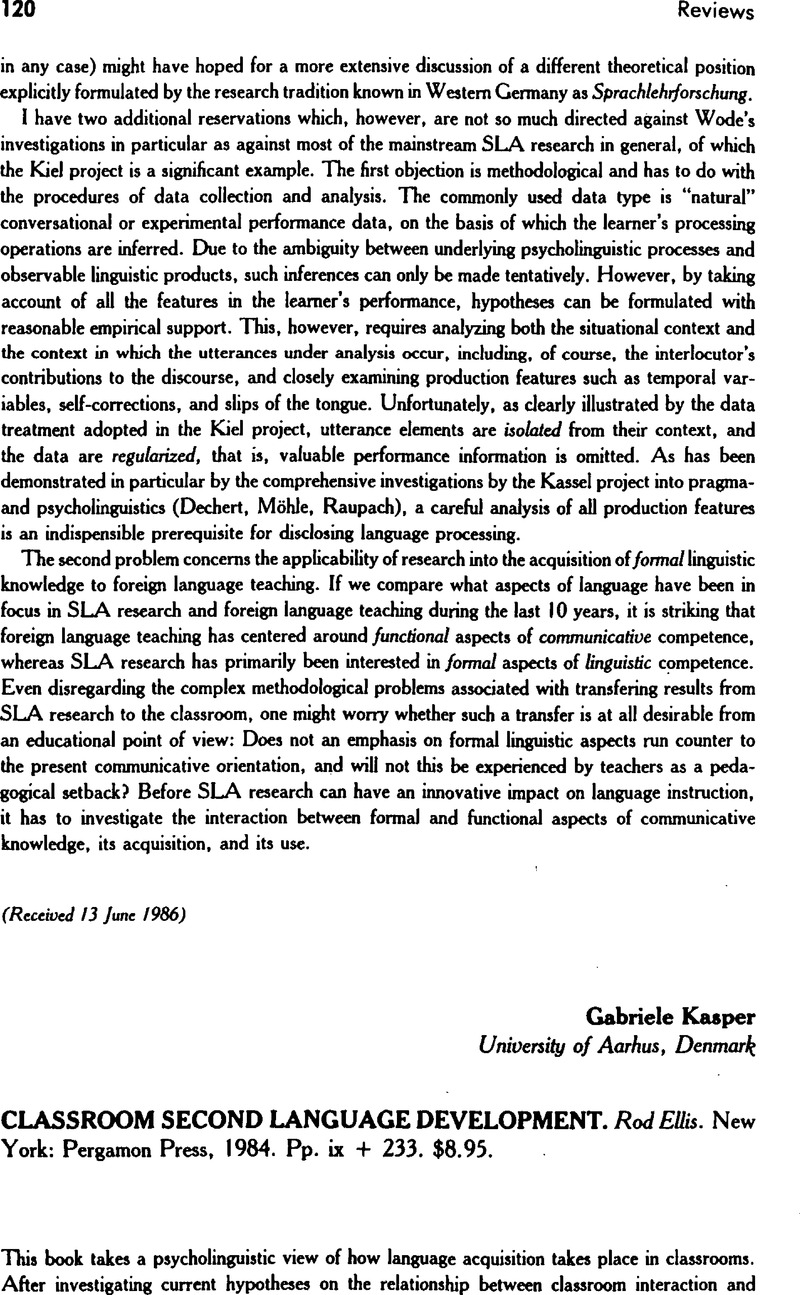Allwright, R. L. (
1984). Why don't learners learn what teachers teach? The interaction hypothesis. In
Singleton, D. M. &
Little, D. G. (Eds.),
Language learning in formal and informal contexts (pp.
3–
18).
Dublin:
Association of Applied Linguistics.
Google Scholar 